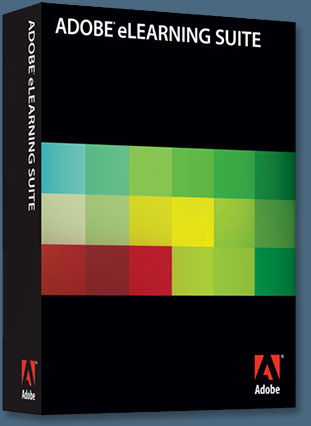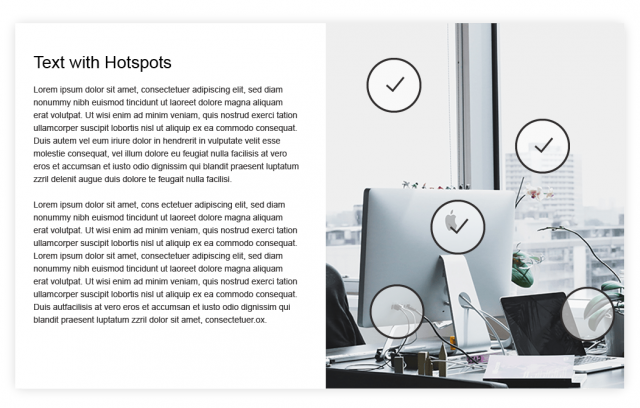

You can create and add view-specific objects and remove them from other views. Notice in this example, how the illustration on the left becomes distorted and the one on the right maintains the aspect ratio.Īdobe Captivate 8 allows you to design different elements for Primary, Tablet, and Mobile views. To maintain aspect ratio of the objects, select Auto for either width or height of the object in the Primary view.


Maintaining aspect ratio is really important with responsive content as it can go haywire if the objects start scaling based on the screen dimension. Here’s a detailed step list to make the changes. Do the same for other two breakpoints to fit content well on the devices.īonus tip: You can also customize the buttons appearing in Primary, Tablet, and Mobile views by modifying the playbarScript.js file. So if the viewport size for the mobile device is 360 x 576, set the course dimension as 360 x 522 after deducting 45 pixels from the height. Hint: The default mobile playbar in responsive projects is of 45 pixels height. If you are planning to include a playbar in your course, make sure you deduct the pixels from viewport height that will be occupied by the playbar. Tip 2: Planning to include playbar? Read on… You can find out the device viewport dimension by accessing this site on the device browser: Viewport size is the visible area, excluding the area covered by the address bar and other menu options, in the device browser.ĭo your own small research on the viewport sizes of the devices your learners use and modify the breakpoints accordingly. Tip 1: First things first – Set breakpoints:Īdobe Captivate 8 has three default breakpoints/layouts based on the most common device viewport sizes. To make the most of responsive feature in Adobe Captivate 8, here’s a list of best practices you can follow: And finally publish as a single project to automatically deliver the most appropriate experience for your learner’s device. You can also tweak and/or design content for specific devices and use the in-product preview to see how your course will appear on various screens.

You can author as you always have-content will rearrange itself for the new tablet and mobile views. From my DOS-past I have kept the routine to make the first 8 characters to be significant.How To Create Responsive Courses With Adobe Captivate 8 Maybe I should offer some tips in a new blog? Just one: do not use very long names (QSP in the new version are a bad example, names are very long), because in some dropdown lists you’ll see only the first part. I have somewhere an old blog about naming. Whenever I coach a group training in a company, I suggest the trainees to collaborate in setting up a good naming convention to which everyone agrees. I have a personal naming convention, but this is my choice. However, except for some exceptional situations (like states) the global rule in Captivate is that each item needs to have a unique. Meanwhile this has changed, because you can use filtering (unknown by many developers). At that moment (CP4/5) it was meant to distinguish the user variables from the system variables, because the only way to find one in the dropdown list was using the first character. The convetion v_ originates in my early blog psots where I used this for variables. It sucks to sit scratching your head wondering what a particular variable does when troubleshooting. No right or wrong answer, really, but you should use something that makes sense to you as you work with them especially if you have to modify somewhere in the future. I will also sometimes use a “prefix” or “suffix’ like with varAnswer for a variable or unitsBtn for a button name and other times when I want to just keep things short I may go with something like a1, a2, a3, etc. If I have a button that closes my instruction panel, I might name it closeInstructions and that helps me as I talk through the logic of what I want to happen. I stay away from using any symbols or spaces in my naming.įor example, if I need a variable for tracking if all selections are correct, I might use checkCorrect as the variable name. Camel casing is when you capitalize the first letter of additional words as you will see in my examples. Personally, I tend to use names that accurately reflect what a variable or object is used for and where appropriate, use camel casing.


 0 kommentar(er)
0 kommentar(er)
